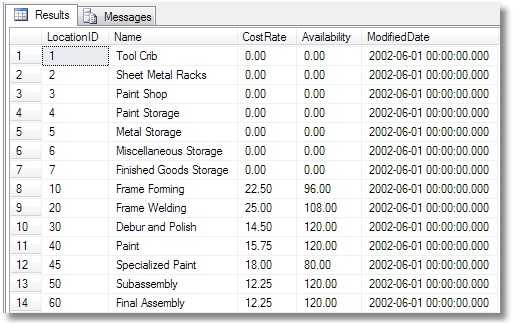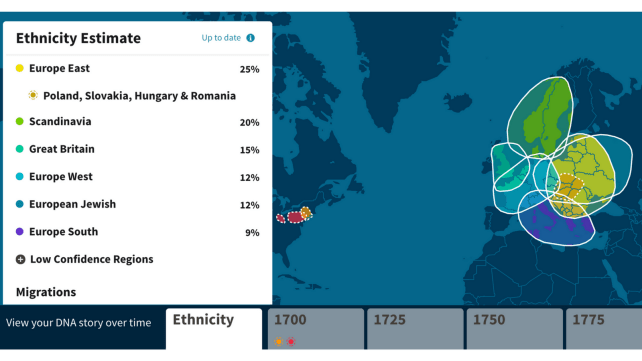
I have been posting about research on my blog quite a bit. We’re mostly operating at the molecular or cellular level here or talking about CS heavy stuff like SQL/Django/ for the sake of biological applications. Yes, both biological research at the molecular level and CS applied to biology (think big data/machine learning/AI/neural networks/huge databases like Encode which is what I’m working with at the moment) are important for the future of this world (progress in medicine).
That being said, I would like to think about an even bigger picture here for a little bit today, population growth. The world contains a finite amount of resources, so Malthus, you weren’t entirely wrong I guess. Incidentally, research at the molecular level and CS applications to biology fall under Stage 4 countries in the demographic transition model, but I digress… The main take home point today is that certain indicators can tell us a lot of interesting things about where population growth is headed.
Why should you care? Good question. Aside from global warming, the finite amount of resources coupled with exponential population growth (ok fine it’s been slowing down a little so not quite exponential) could also spell the end of the world as we know it in the far future (or maybe not so far ahead). I guess it’s good that we have people like Elon Musk pushing us to colonize Mars even though it does sound a little far fetched right now. While Elon Musk figures that one out, we can use key indicators (more on that later) to try to make sure that the population growth does not spiral out of control by making informed public policy changes. Ok, let’s jump into this stuff!
Key Indicators
GDP is a measure of how well the economy is doing. The key thing to know about TFR is that if it’s around 2, a population will be able to sustain itself. If it’s bigger or smaller than 2, it’s going to increase or decrease respectively. Natural increase rate is basically the overall population growth. The other indicators should hopefully be intuitive.
Even though this isn’t a key indicator, the demographic transition model will be important for our case study where we see these key indicators in practice.

Note that there aren’t any countries in Stage 1 anymore. After the Agriculture Revolution thousands of years ago, hunters and gathers were able to settle down and improve their farming techniques to consistently have a supply of food (which also led to specialization of labor, the very foundation of our modern world as we know it). The Industrial Revolution really helped the transition to Stage 2 though. By mass producing various kinds of items with specialized labor, resources became plentiful in several departments. Medical advancements also happened, ultimately starting to lower the death rate. The transition to stage 3 happens when women’s literacy rates (a good measure of education) rise. As a result, more women work in the workforce and gain access to contraceptives. Brith rates start to drop more. The transition to stage 4 happens when the industrialized economy shifts more to a service based economy while education levels continue to rise. Birth rates roughly equalize with death rates resulting in minimal population growth. Some countries like Japan are facing negative population growth due to an aging population where death rates are slowly outpacing birth rates (Stage 5). In order to combat this, birth rates would have to increase to steady the population or grow it a little bit.
Case Study
| Country |
GDP Per Capita |
GDP Per Capita (world ranking) |
Female Literacy Rate (%) |
Infant Mortality Rate (per thousand births) |
Total Fertility Rate (number of children) |
Life Expectancy (in years) |
Natural Increase Rate (%) |
| Pakistan |
$2,600 |
171 |
36 |
67.36 |
3.43 |
65.26 |
1.555 |
| Spain |
$33,700 |
38 |
97.2 |
4.21 |
1.31 |
80.05 |
0.72 |
| Indonesia |
$4,000 |
155 |
86.8 |
21 |
2.3 |
69 |
1.1 |
| Philippines |
$3,300 |
162 |
92.7 |
22 |
2.9 |
69 |
1.4 |
| Kazakhstan |
$11,800 |
94 |
99.3 |
9 |
2.7 |
73 |
1.3 |
| United Kingdom |
$35,200 |
34 |
99 |
4 |
1.8 |
81 |
0.6 |
| Australia |
$38,000 |
23 |
99 |
3 |
1.8 |
82 |
1.6 |
Pakistan and Spain
Take a look at the indicators for Pakistan and Spain. What are the differences? How can you account for them?
Pakistan’s GDP is significantly lower than that of Spain. This means that Pakistan can devote less of its economic resources towards medical care, meaning that Pakistan’s infant mortality rate and life expectancy will be significantly higher and lower than that of Spain’s respectively. Pakistan’s low female literacy rate as opposed to Spain’s high female literacy rate will correlate with a high and low total fertility rate for Pakistan and Spain respectively. This is because women in Pakistan tend to be less educated than in Spain. This means that women in Spain will probably be more out in the workforce and have knowledge about and access to contraceptives, which women in Pakistan will not be as educated about and probably will not have access to. Pakistan would probably be a stage 2 country in the demographic transition model while Spain would probably be a stage 4 country given that Pakistan’s total fertility rate is quite high and Spain’s is relatively low (which would correspond to a high and low natural increase rate for Pakistan and Spain respectively).
Philippines and the United Kingdom
Looking at those two countries, what public policies would you advocate to stabilize their population levels? What are some other concerns that you would worry about with their current population levels and trends?
For the Philippines, I would advocate education about contraceptives and providing free access to them, so the country can keep its population growth in check and not have too many people and too less resources. For the United Kingdom, I would advocate to increase its population either by putting incentives for more immigrants to come to the country or women to have more children to boost the total fertility rate. This is because I would want to avoid the long-term scenario of too few workers trying to support too many retired people, which could have negative economic consequences.
A Final Challenge For You
Look up some data for these indicators for other countries. Based on what you’ve learned, hopefully you realize the different correlations between various indicators and why they exist. Taking the GDP Per Capita, GDP Per Capita (World Ranking), and Female Literacy Rate (%), can you predict the Infant Mortality Rate (per thousand births), Total Fertility Rate (number of children), Life Expectancy (in years), and Natural Increase Rate (%)? How close can you get to the actual values? Did you notice any interesting anomalies? How can you account for them? Happy conjecturing!












